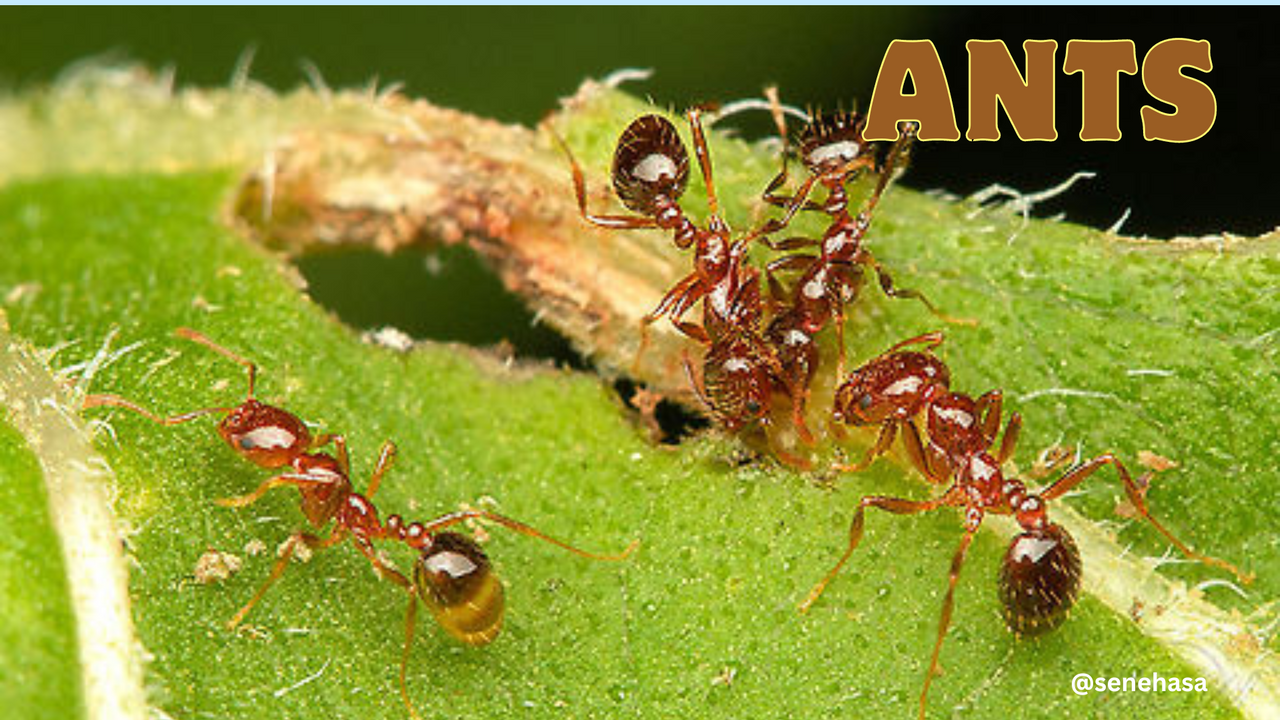My dear friends, this week I chose the word ANTS because even though they are tiny creatures, they serve as a teacher to humans.
The ant is one of the most amazing insects, if not all living things, because of its intelligence, strength, and skill. Ants are a good friend to mankind because they do scavenger work and remove matter that would decay and be harmful to health. In the world of insects, ants are creatures with remarkable behaviors and abilities. Ants can be found all over the world. These hardworking insects are especially common in forests, gardens, and even our homes. Even though they are tiny, ants are incredibly strong and capable of carrying objects many times their own weight.
One of their fascinating aspects is their social structure. Ants live in colonies led by a queen, whose primary function is to lay eggs. Worker ants, the females in the colony, take care of various tasks such as collecting food, caring for the kids, and defending the nest. Male ants’ sole purpose is to mate with the queen.
Communication is the key in ant colonies. They communicate with one another using pheromones, which are chemicals. These chemical signals assist them in marking the path to food sources, warning of danger, and even identifying members of their own colony.
Ants are experts at foraging and gathering food. They explore their surroundings in search of food, using their keen sense of smell to detect sugary food, dead insects, and other sources of nutrition. When they find food, they bring it back to the nest, leaving a trail of pheromones for other ants to follow.
Ants are not only foragers; some species are also skilled farmers. For example, leafcutter ants cut the leaves and use them to cultivate fungus. These fungi serve as their food source. The ants' interactions with the fungus they cultivate are an excellent example of mutualism, in which both species benefit from each other.
Teamwork is essential in the ant world, and they taught humans how to work together. They collaborate to construct intricate nests, often underground, out of soil and other materials. These nests have chambers for storing food, nurseries for the young ants, and tunnels for navigation. Some ant species have even constructed nests in trees out of the leaves and silk produced by their larvae.
When faced with a challenge, ants devise novel solutions. For example, army ants, known for their nomadic lifestyle, build living bridges out of their own bodies to cross gaps in their path. This collective behavior ensures that the entire colony can move efficiently.
Although ants are small, by working together, they can subdue insects and spiders. This collaborative hunting strategy highlights the power of cooperation in the ant world.
Ants play an important role in the ecosystem. As they dig their nests, they aerate the soil, allowing air and water to reach the plant roots. They also disperse seeds, which aids in the growth of various plants. Furthermore, ants are natural pest controllers, preying on insect larvae and keeping pest populations in check.
In conclusion, despite their small size, ants lead lives of incredible complexity. Their social structures, communication methods, foraging strategies, and problem-solving abilities are truly amazing. We gain a newfound appreciation for the complex world of ants as we observe these tiny creatures tirelessly going about their tasks. In their simplicity, they demonstrate a level of organization and cooperation that is both astounding and inspiring, reminding us of the wonders that exist in the smallest corners of our natural world.
Here is my entry for the competition; I'd like to invite @arshani, @m-fdo, @sariana23 and @sampvaz to take part in this wonderful competition.
10% to @steemladies


